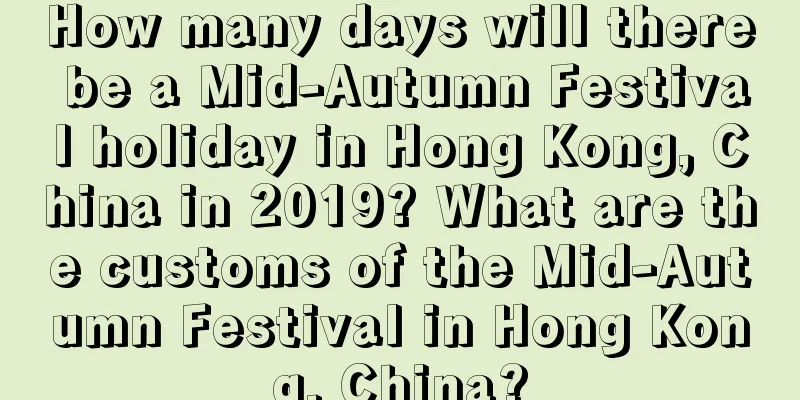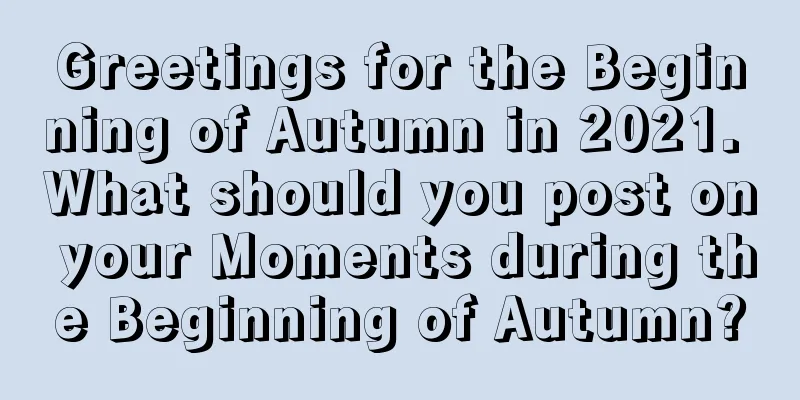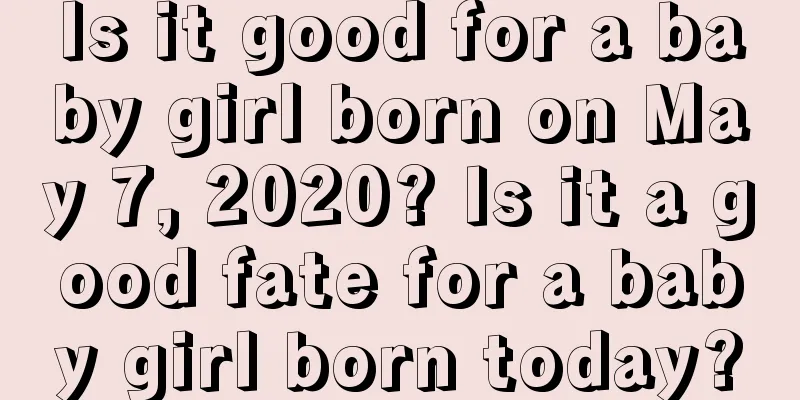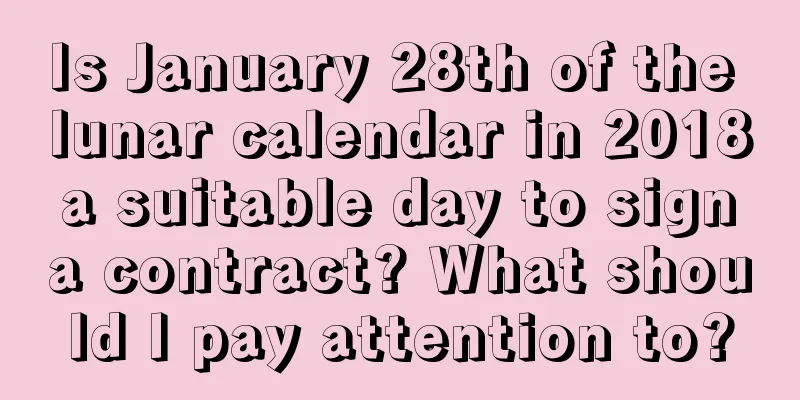How many days will there be a Mid-Autumn Festival holiday in Hong Kong, China in 2019? What are the customs of the Mid-Autumn Festival in Hong Kong, China?

Introduction: Mid-Autumn Festival is an important traditional festival, and in some areas of our country, the Mid-Autumn Festival holidays are quite special. So how many days will the Mid-Autumn Festival be on holiday in Hong Kong, China in 2019? What are the customs of Mid-Autumn Festival in Hong Kong, China? School has started, which also means it is the eighth month of the lunar calendar in 2019, and it is time to put on more clothes. Follow Mr. Shui Mo's website and we will spend a cool autumn with you.How many days will the Mid-Autumn Festival in Hong Kong, China last in 2019?The 2019 Hong Kong Mid-Autumn Festival holiday arrangement: September 14 (Saturday) to September 15 (Sunday), two days off.Because the Mid-Autumn Festival public holiday in Hong Kong is set on the 16th day of the eighth lunar month (the day after the Mid-Autumn Festival). The day after Mid-Autumn Festival in 2019 is Saturday, September 14th. According to regulations, if it happens to be Sunday, there will be a compensatory day off on Monday; if it happens to be Saturday, there will be no compensatory day off. What are the customs of Mid-Autumn Festival in Hong Kong, China?Mid-Autumn Festival customs in Hong Kong, China: eating snowy mooncakesAround the 1980s, snow skin mooncakes were already sold in the Hong Kong market, but at that time only one bakery launched it. The main reason why it is called "snow skin mooncake" is that it is made differently from traditional mooncakes. Previously, traditional mooncakes were made of syrup and were golden in color. Part of the raw material of snow skin mooncakes is glutinous rice. The mooncakes are white in appearance and are stored in the freezer and in the refrigerator when sold. Mid-Autumn Festival Customs in Hong Kong, China: Fire Dragon Dance Dancing the fire dragon is a folk custom in Hong Kong during the Mid-Autumn Festival on the 15th day of the eighth month of the lunar calendar. It is said that dancing the fire dragon can bring good luck, avoid misfortune and ensure good weather. In the past, the fire dragon dance was performed by tying rice stalks into the shape of a dragon's head and body, inserting burning incense sticks into them, and then performed by young and strong men bare-chested, waving the dragon's head and body. There is also a legend about the Fire Dragon Dance during the Mid-Autumn Festival in Hong Kong: A long time ago, after a typhoon hit the Tai Hang area, a python appeared and did evil everywhere. The villagers searched everywhere for it and finally killed it. Unexpectedly, the python disappeared the next day. A few days later, a plague broke out in Dakeng. At this time, the elders of the village suddenly received a dream from the Bodhisattva, who said that as long as they danced with the fire dragon during the Mid-Autumn Festival, the plague could be driven away. As luck would have it, this move actually worked. Since then, the custom of dancing the fire dragon has been passed down. Mid-Autumn Festival Customs in Hong Kong, China: Lantern Festival During the Mid-Autumn Festival, Mid-Autumn Lantern Festivals are held in many places across Hong Kong, allowing tourists and residents to gather together to celebrate the festival. Among them, the Mid-Autumn Lantern Festival in Victoria Park is the largest, with rich programs including lantern exhibitions, traditional art performances, game booths and lantern riddle guessing. Mid-Autumn Festival Customs in Hong Kong, China: Chasing the Moon In the past in Hong Kong, people were still excited after the Mid-Autumn Festival and would have another party on the 16th night. The name for this was romantic, and it was called "chasing the moon." The Hong Kong government established a holiday system in the early years, stipulating that people would go back to work on the 15th day of the eighth lunar month and have a day off the next day. On the 15th day of the eighth lunar month, people would get home from get off work at around 8 or 9 o'clock, tired and hungry, and would have no mood to appreciate the moon. They would have to wait until the next day when they had a holiday, when they were relaxed and in high spirits, to appreciate the moon at night. Mid-Autumn Festival Customs in Hong Kong, China: Flying Sky Lanterns There are also sky lanterns, which are also called Kongming lanterns. They are large paper lanterns with candles lit underneath. The heat rises, causing the lanterns to fly in the air, attracting people to laugh and chase after them. In the old days in the New Territories, most people worked as farmers, and August 15th was far from being a time for celebration. During the Mid-Autumn Festival before the rice fields are harvested, many Hong Kong people in the New Territories light sky lanterns to pray for blessings. Since 2010, the Hong Kong government has called on citizens not to randomly set off sky lanterns due to concerns about fire and impact on aircraft flights. If a fire is caused by setting off sky lanterns, or if a sky lantern that is longer or wider than 2 meters is set off, the person responsible can be prosecuted. Mid-Autumn Festival customs in Hong Kong, China: Burning wax candles For Hong Kong citizens in the past, burning wax candles was one of their favorite Mid-Autumn Festival activities. After the Mid-Autumn Festival banquet, we watched the moon and ate mooncakes in the park, and the mooncake box was immediately empty. Children like to use it as a container to burn wax. After the wax melts, they spray water on it, and finally the wax splashes everywhere and produces high-temperature steam. For children, this is a simple and exciting entertainment program, but it is extremely easy to cause scalding and burn accidents. Therefore, at the end of the last century, the Hong Kong government began to call on citizens not to burn wax. How to calculate overtime pay during the Mid-Autumn Festival in 2019September 13, 2019 is triple salary.If workers work overtime on the Mid-Autumn Festival, they should be paid overtime wages at a rate not less than 300% of their daily or hourly wage. September 14 and September 15, 2019 are double wages. September 14th and September 15th are weekends. Weekends are rest days stipulated by the state, and overtime pay on rest days should be twice the daily wage. Although the eight characters of life are already determined, understanding and controlling your future fortune in advance can help you avoid misfortune and gain a better future. To calculate your fortune for the next ten years, please click on the "Excellent Calculation" below for an accurate calculation. May you be happy throughout your life! |
<<: Query the position of the God of Happiness on the 21st day of the eighth lunar month in 2019!
>>: Query the position of the God of Happiness on the 25th day of the eighth lunar month in 2019!
Recommend
What is the fate of those born in the Year of the Sheep during the Spring Equinox? Destiny Analysis
The fate of the Sheep Zodiac sign will be differen...
Is it possible to worship ancestors on October 24th of the lunar calendar in 2021?
It is necessary to choose a time to worship ancest...
Is it a good idea to move house on the seventh day of the second lunar month in 2018? Can I move into a new home?
Spring is a season of vitality and revival, but t...
Is it a good idea to go out on the first day of the Lunar New Year in 2019? What will the fortune be like on the first day of the Lunar New Year in 2019?
Introduction: In our country’s traditional culture...
Is Light Snow a good day in 2017? Is it a good idea to open a new store?
Introduction: China has been a traditional country...
A selection of poems describing the moon for the Mid-Autumn Festival in 2019, and recommendations for Mid-Autumn Festival proverbs!
Introduction: Mid-Autumn Festival is one of the an...
Is it suitable to travel by boat on April 25th (Tiger Day) in 2020? What are the inauspicious effects?
The lunar calendar events included in traveling in...
Is it a good time to start renovation on the 22nd day of the third lunar month in 2020? What is the hexagram for today?
Introduction: Generally, it is necessary to choose...
What time is the summer solstice in 2020? How many days are there between the summer solstice and the summer solstice?
Introduction: The summer solstice is one of the im...
Recommended auspicious days for funerals in September of the lunar calendar in 2021
There are certain rules and considerations for cho...
How to express your love for your mother on Women's Day 2020? What gifts can I give?
March 8th, International Women's Day, is a spe...
Is it a good idea to sign a contract the day after the Lower Yuan Festival on October 16, 2020? What will happen on November 30?
Introduction: Generally, it is necessary to choose...
Is it a bad luck to get married the day before Bailu in 2019? Analysis of the favorable months for marriage for girls of the 12 zodiac signs!
Introduction: Marriage is an important event in li...
Can't visit patients during Qingming Festival in 2020? When is the best time to visit old graves during Qingming Festival?
Introduction: Qingming Festival itself is one of t...
Is it appropriate to open a business on April 13th of the lunar calendar in 2022? Is it an auspicious day?
The fourth month of the lunar calendar has arrived...









